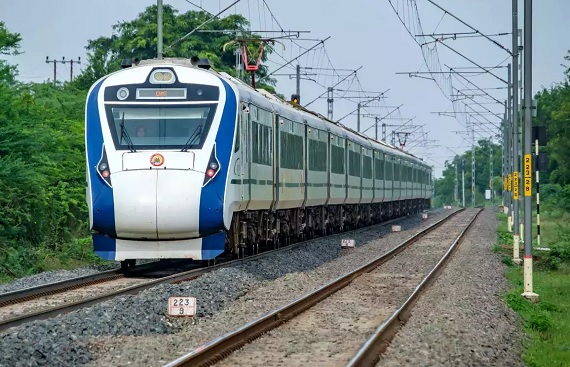Budget 2025 Likely to Prioritize Railways Over Highways
By
siliconindia | Monday, 27 January 2025, 09:04 Hrs

The Union Budget 2025-26 is expected to shift infrastructure priorities by focusing more on the railways sector than highways, according to a report by Nuvama. The anticipated increase in railways' budgetary allocation highlights the government’s efforts to promote sustainable and cost-efficient logistics.
During FY24, highways sector received an allocation of Rs 2.70 lakh crore while that for railways stood at Rs 2.4 lakh crore. Railways had witnessed a new high of Rs 2.5 lakh crore for FY25, with its allocation jumping ninefold since the 2013-14 financial year. For highways sector, the amount has been at Rs 2.78 lakh crore. According to Nuvama report, the coming budget would further swing towards railways.
The report focuses on the environmental and logistical benefits of railways. One freight train can substitute hundreds of trucks, reducing road congestion and fuel consumption significantly. Studies indicate that freight transportation by rail can reduce greenhouse gas emissions by up to 75%.
Despite being the world's fourth-largest railway network, the share of rail in India's freight transportation has continued to decline. During these periods, Indian Railways increased its running track length from 51,000 km to over 102,000 km during the years 1950-51 and 2021-22. With this growth, however, the share of freight transported by rail declined from 85% in 1951 to 60% in 1991 and further to 27%-28% by 2022.
It is currently estimated that 70% of freight movement is through roads. Trucks also account for more than half of the petrol and diesel consumed in the country. The growth of the road network, which has doubled during the last decade to 150,000 km of national highways, has also tipped the balance. Availability of comparatively fewer dedicated freight corridors and insufficient connectivity by rail to non-major ports have added to the dependence on road transport.
The government is actively addressing these challenges by enhancing rail infrastructure to lower logistics costs and improve freight efficiency. This includes developing dedicated freight corridors and improving connectivity to ports and industrial hubs.
This is reflective of the expected shift in the focus of budgets, as this would strategically put back the rail network in prominence in freight transport. By not relying so much on road transport, the government looks to create a more sustainable and efficient logistics system that would comply with environmental targets and long-term economic growth.
A renewed focus on railways under the 'Make in India' vision might change the Indian transportation landscape and benefit both domestic and international trade.
